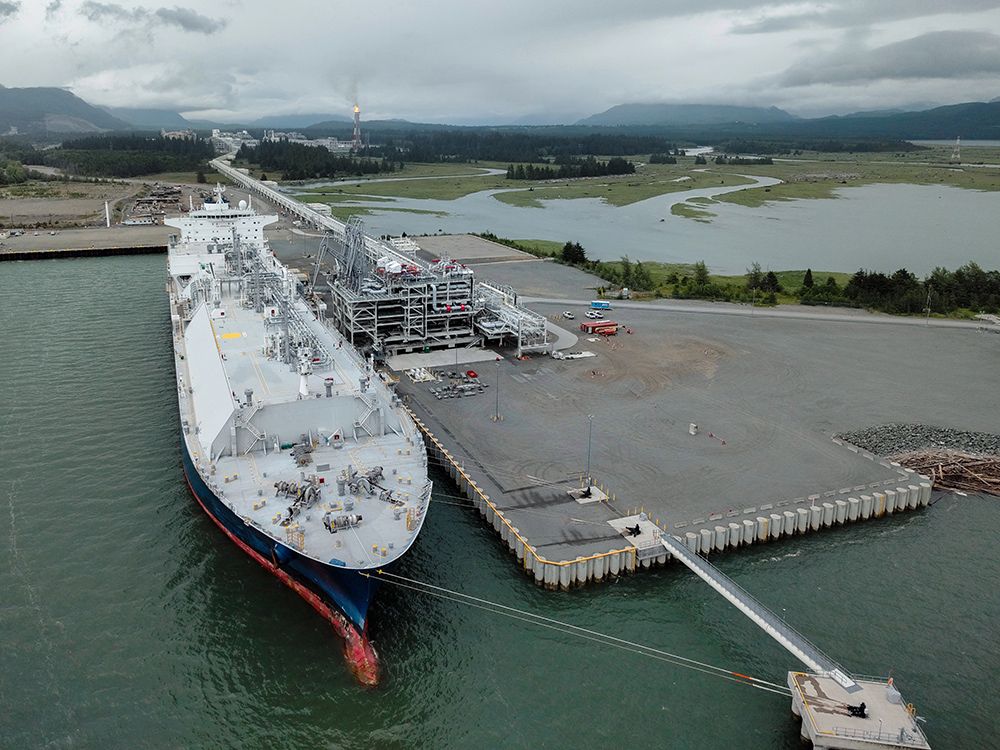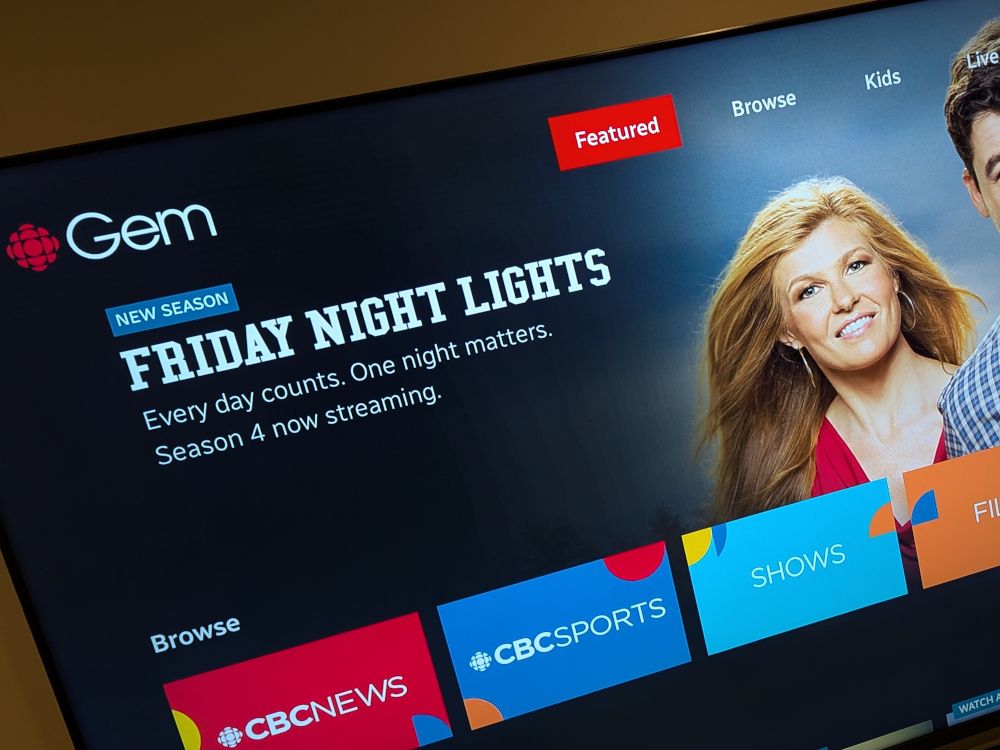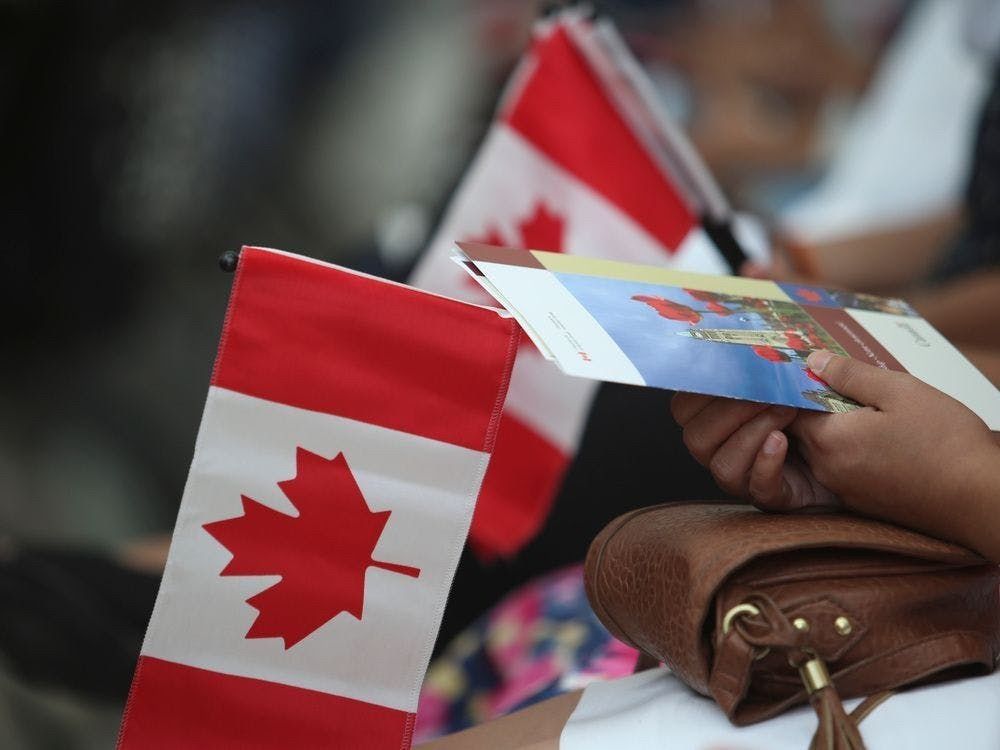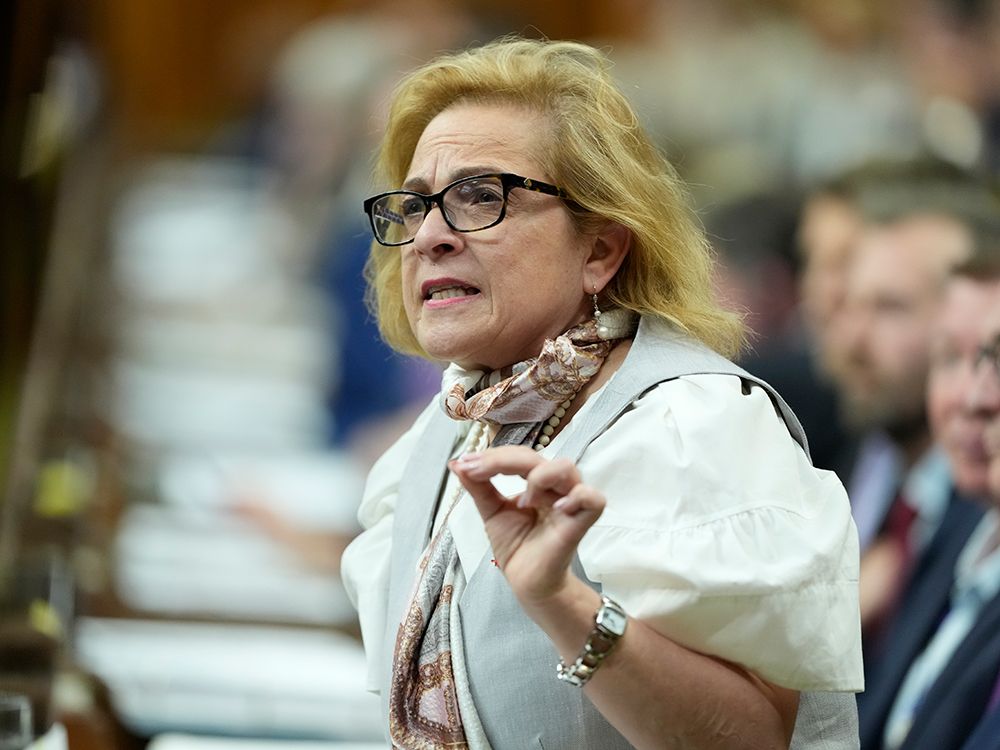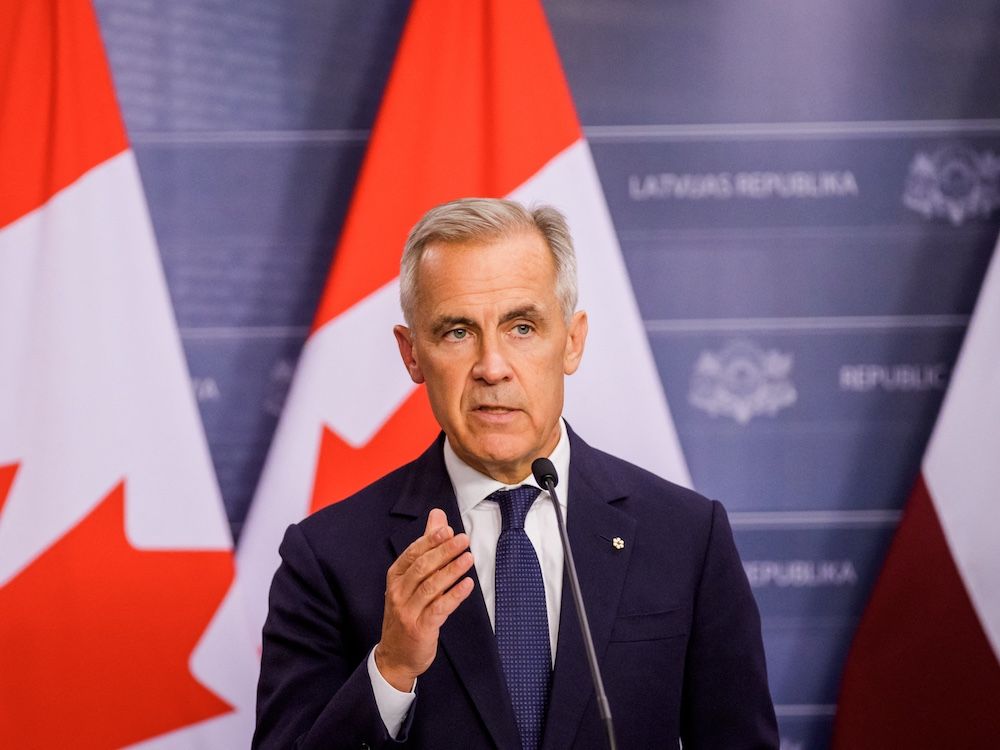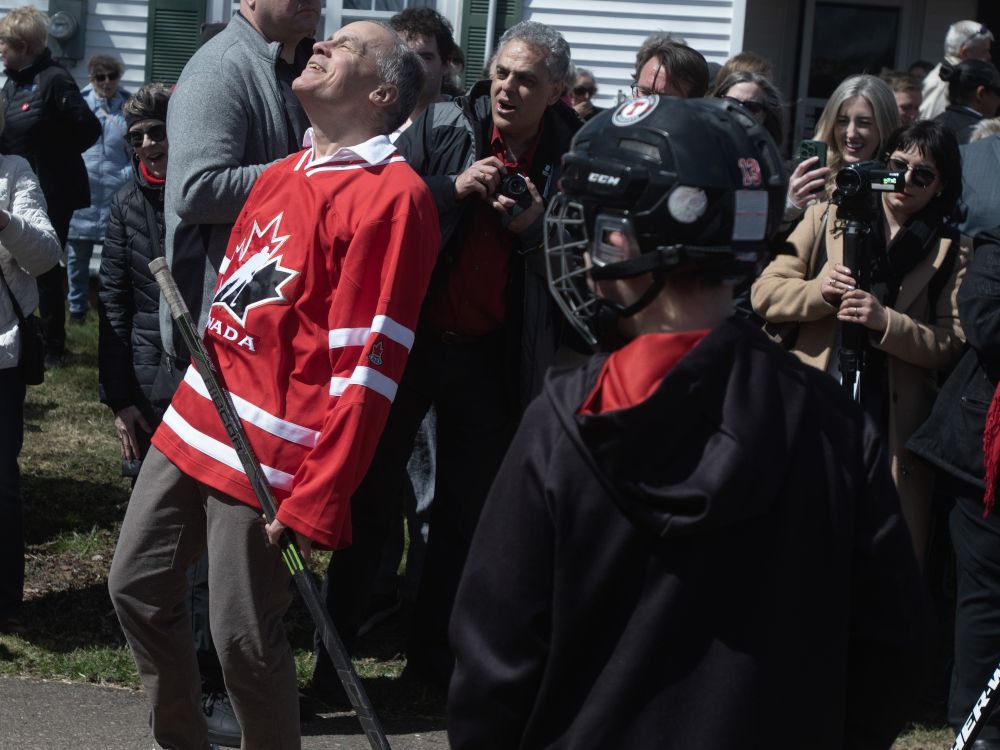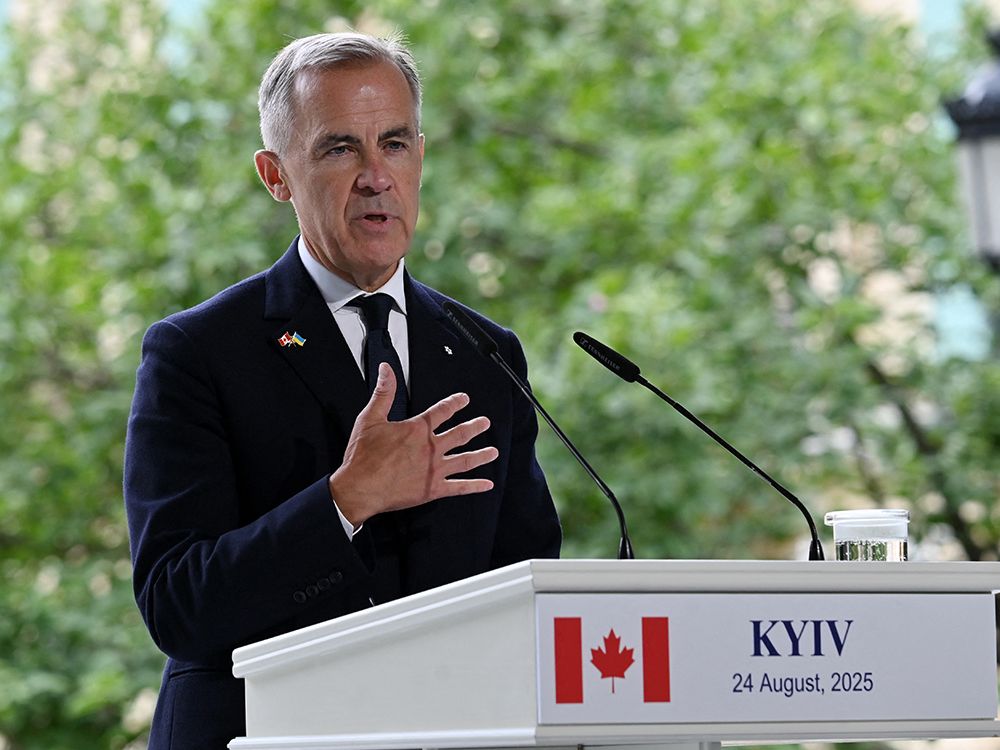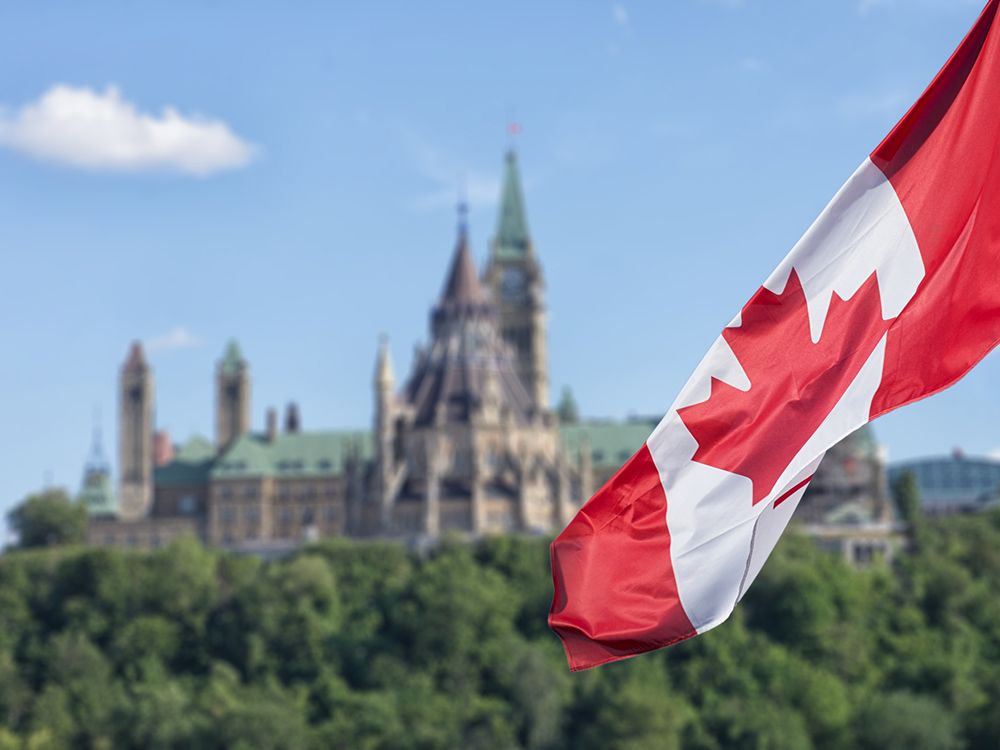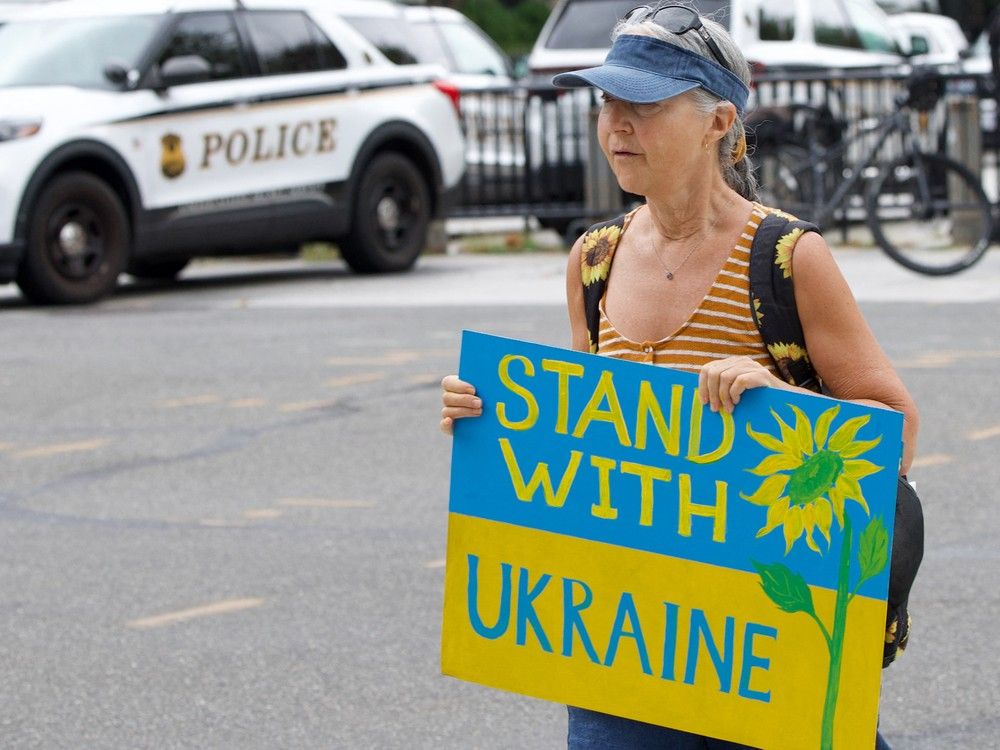
Prime Minister Mark Carney’s
to Kyiv for Ukraine’s Independence Day was most welcome, continuing the admirable solidarity which Justin Trudeau showed on his four visits to Kyiv after Russia’s full-scale invasion in 2022.
Carney’s visit came in the context of his visit to Poland, Ukraine’s staunchest ally — and now a serious military force in Europe. A century ago, Poland and Ukraine were recent wartime enemies. It is one of the great reconciliations of recent history that the Western Slavs (Poland) and Eastern Slavs (Ukraine) have so thoroughly reconciled that when millions of Ukrainians fled westward in 2022 there were no refugee camps in Poland. Ukrainians were housed by Poles in their own homes.
The 20th Century was an exceedingly difficult one for the Slavic peoples; mere survival, to say nothing of liberty and prosperity, was the dramatic challenge. Poland and Ukraine, the perilous places between Berlin and Moscow, were
as the “bloodlands” by historian Timothy Snyder.
Choosing a national day is easy for young countries. We have July 1, the date of confederation; the Americans July 4th, their declaration of independence. The millennium-old history of the Slavs, dating to their Christian baptism in the 10th Century, is rather more complex. Which date, which liberation, which independence to choose?
The Ukrainians observe Aug. 24, the date in 1991 when their national parliament declared their independence from the Union of Soviet Socialist Republics — later ratified by more than 90 per cent of the Ukrainian people in a referendum. For a people who date their origin to 988, 1991 was more than a thousand years into their story, but independence from Moscow was the pressing issue then, as it is now.
Next door in Poland, Independence Day is marked on Nov. 11, our Remembrance Day. At the end of the Great War in 1918, Poland was restored to the map of Europe. In 1795, Poland’s neighbours — the Kingdom of Prussia (Germany), the Habsburg empire (Austria), and Tsarist Russia — partitioned Poland into thirds and absorbed its territory. Poland ceased to exist cartographically and politically, but remained culturally and spiritually. It would survive 123 years as a nation without a state until the fall of the Prussian kaiser, Habsburg emperor and Russian tsar during the First World War. Their Nov. 11 Independence Day marks that remarkable act of survival, even more so than their defeat of Soviet communism in the 1980s.
During his visit to Poland in 1983, his countrymen then living under communist martial law — the regime at war with its own people — St. John Paul II made a visit to the national shrine of Our Lady of Jasna Góra in the city of Częstochowa. There he reflected upon the cost of national identity and freedom, a price the Slavic peoples have paid repeatedly in their long history.
“Tell me what your love is, and I’ll tell you who you are,” John Paul said to a gathering of young people. He then spoke of their shared love of their nation, their people, their culture, their love for Poland.
“(Each of us) feel(s) responsible for this great common heritage, whose name is Poland,” he said. “This name defines all of us. This name obliges us all. This name costs us all.”
“Perhaps sometimes we envy the French, the Germans or the Americans, because their name is not tied to such a price of history, and because they are much more easily free,” he continued. “While our Polish freedom is so expensive. I will not, dear ones, make a comparative analysis. I will only say that it is precisely what costs that constitutes value. Indeed, one cannot be truly free without an honest and profound relationship with values. We do not want a Poland that costs us nothing.”
We do not want a Poland that costs us nothing.
That declaration cannot be assumed. In the past century, the question was put in many places, as the cost of national identity, far from nothing, became terrifying, even overwhelming.
That question has been put these past three-plus years to Ukrainians. Do they want a Ukraine that costs nothing? The price has been high. Ukrainians have paid it and are paying it still. It merits our admiration.
Independence Day in Ukraine was observed with less fervour before the Russian invasion. Perhaps in 1991, the cost of freedom was not as evident. But in the bloodlands, the price eventually has to be paid.
That question faces all of Europe now, and its allies across the sea. Do we want an independent Ukraine only if it costs us nothing? Carney’s speech in Kyiv was a promise that Canada would help bear that cost.
Slavic independence days are, in history writ large, transitory markers. But they stake a claim in the present. It was a good thing that Canada was present this year.
National Post





